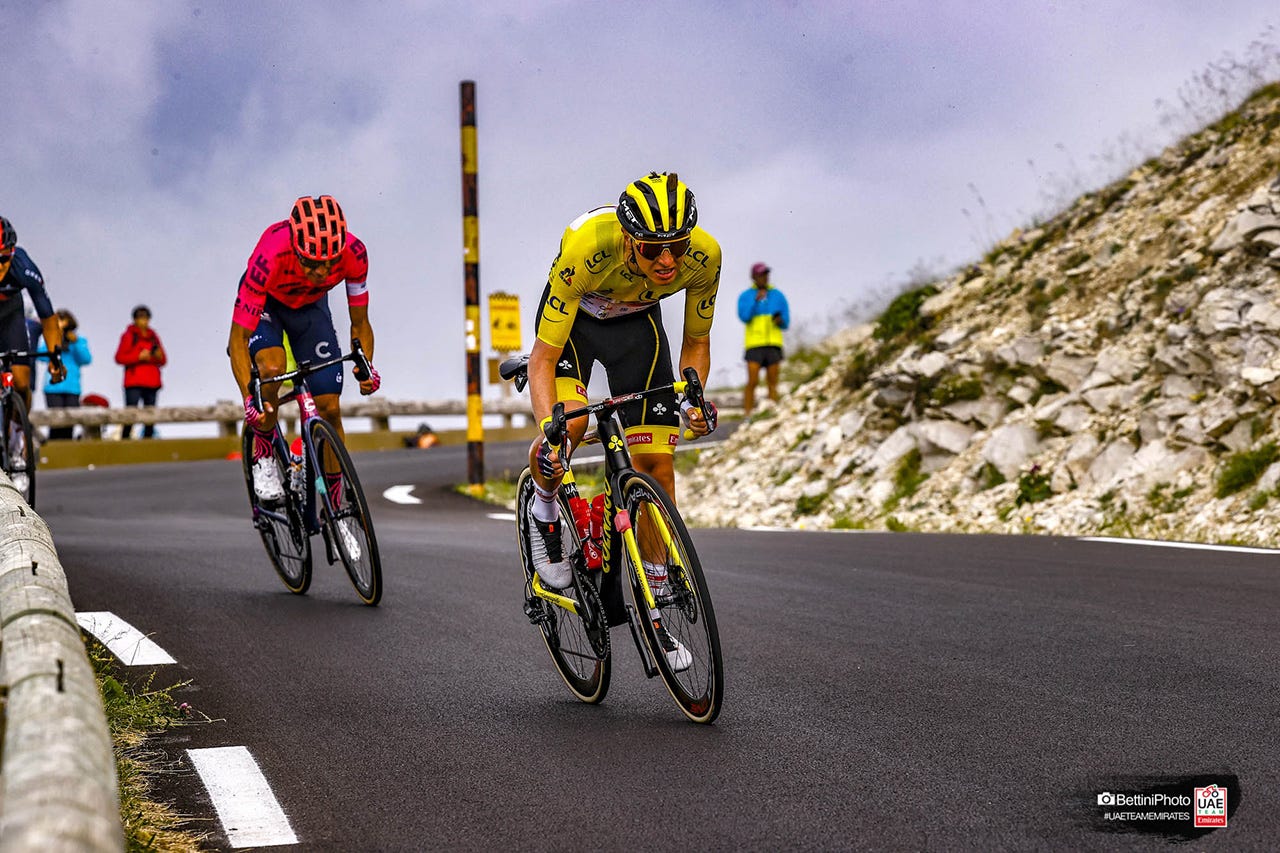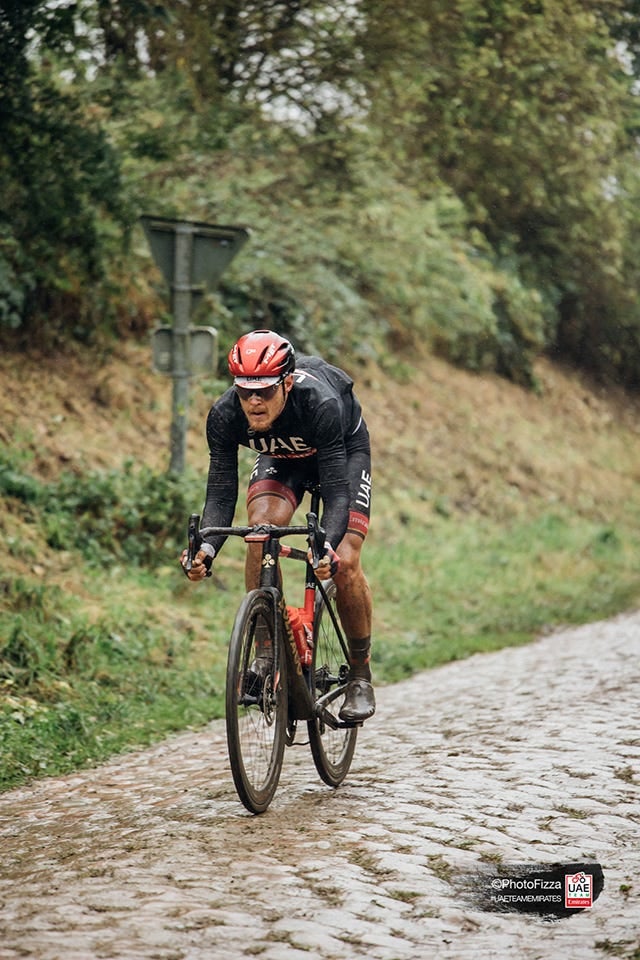In cycling, biomechanical efficiency counts too
Francesco Chiappero
If the goal in cycling is to improve performance, succeeding is not so "difficult". The important thing is to respect all the elements that make up training: strength, endurance, and biomechanical efficiency.

They are three synergistic aspects of equal importance. The fact is that some training programs tend to focus their efforts more on endurance and strength than on biomechanical efficiency. This is an error in judgment that the athlete must never commit. The danger is in diminishing potential. Let's try to understand why.
Energy Expenditure
In sport, the term "efficiency" refers to the metabolic cost of the exercise, that is, how much the athlete really spends to perform a given task. Thus, the less efficient cyclist will spend more energy to reach a certain speed, with the risk of getting more fatigued faster.
"It must be remembered that in cycling, athletic output is around 23% of the entire work, with a variability of +/- 2%. The minimum or maximum level of this range represents a potential 4% difference."
During a competition lasting about four hours, which involves an energy expenditure close to 3,500 kcal for a 65 kg athlete, a highly optimized or inefficient biomechanical efficiency can result in a differential of 150 kcal. That’s the caloric equivalent of two energy gels, which – on the road – could mean less power on the last climb of the day or a weak sprint to the finish. It’s useless, therefore, to spend thousands of euros to lighten your bike by half a kilo if you don't take care of the "cleanliness" of your pedalling: your biomechanical efficiency.
The importance of a calibrated setup
How can the quality of biomechanical efficiency be improved? In addition to adopting more suitable technical materials, the first step in the search for the best athletic performance requires a proper bike setup that takes into account comfort, thrust, and aerodynamics.
"Limiting oneself to taking the cyclist's anthropometric measurements, from which to extrapolate the bicycle's measurements at a mathematical level, is reductive. On the contrary, a general assessment of the athlete is important, taking into account his muscular characteristics, aptitudes, and goals."
Laboratory tests – such as the incremental test on the cycle ergometer that measures oxygen consumption – allows us to measure the real value of performance. This can also be improved with exercises aimed at technique. These exercises are useful for making pedalling more effective and less monotonous at various outputs.

The indications of biomechanics
Our body is always evolving and consequently, results achieved today may not be valid in the future. Therefore, it’s essential to evaluate your technique on a regular basis (usually during the winter, between one competitive season and the next), and perhaps including a professional biomechanical analysis of your saddle position. This is a minimal investment that, in addition to preventing problems, helps the athlete to perform at his best. This type of testing is even more important in case you have purchased a new bicycle.
From theory to practice
As we’ve just said, the winter period (which is fast approaching) is best time for this kind of evaluation: the greater calm and lighter workload during this phase of the year adapt well to our body’s necessity to "metabolize" eventual variations in the saddle setup.





